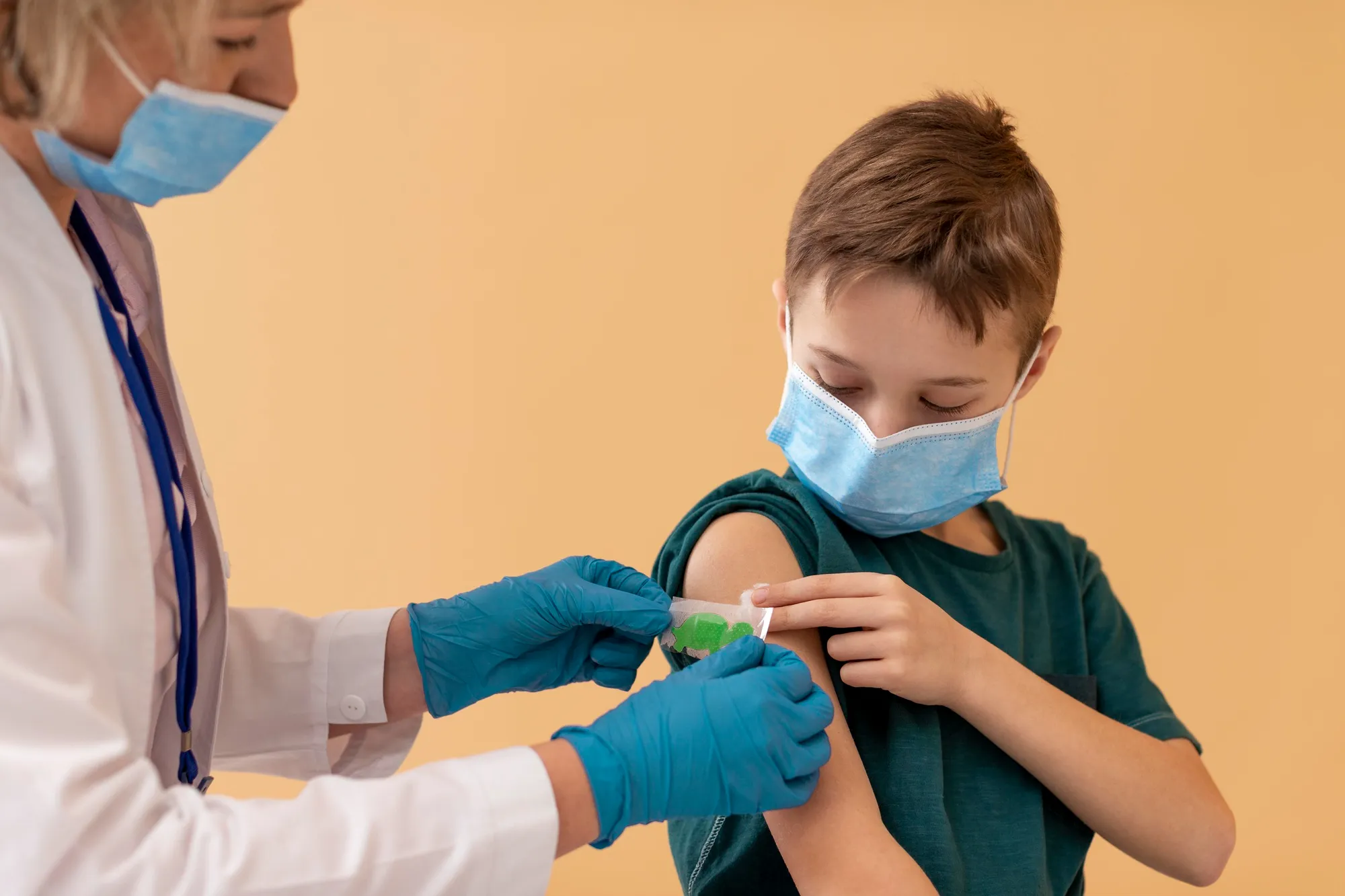The COVID-19 pandemic has had far-reaching impacts on global health services, with countries around the world grappling with the dual challenges of managing the crisis and maintaining essential health services. Among the vital health measures affected are routine childhood immunizations, a cornerstone of public health that protects against a range of potentially fatal diseases. A recent study published in the journal Vaccine has shone a light on the extent of this impact in Indonesia, one of the nations in the South-East Asia region that experienced significant declines in health services as a result of the pandemic.
This comprehensive study by Madeleine M. Randell, Meru M. Sheel, and their colleagues focused on understanding how the COVID-19 pandemic has influenced caregiver beliefs and experiences around routine childhood immunisation in Indonesia. It calls attention to the critical need for recovery efforts to grapple with this decline in essential health service uptake. The study’s DOI is 10.1016/j.vaccine.2024.01.013.
The study involved a cross-sectional survey conducted from March to April 2022 among 1,399 caregivers of children aged 0-24 months in the Indonesian provinces of Central Java and West Nusa Tenggara. The research adopted core items from the World Health Organization (WHO)/UNICEF Behavioural and Social Drivers of Immunization (BeSD) survey to capture the beliefs and experiences pertaining to childhood immunizations. This data-driven approach afforded an analytical lens through which to comprehend the multifaceted nature of immunization uptake during a global health emergency.
Bivariate and multivariate logistic regression analyses provided a robust framework for identifying factors associated with the pace of routine immunizations. Remarkably, nearly all caregivers surveyed—95.7%—reported the desire for their child to receive all recommended routine immunizations. However, the actual immunization rate painted a starker picture: Only 40.3% of children aged 2-24 months were up-to-date with all vaccines appropriate for their age.
Key factors contributing to being up-to-date on routine immunizations included higher parental education, with an adjusted odds ratio (aOR) of 1.76 and a 95% confidence interval (CI) of 1.02-3.05; higher household income (aOR: 1.54, 95% CI 1.09-2.18); and caregivers who found it moderately or very easy to get immunizations for their children (aOR: 2.26/2.22, 95% CI 1.06-4.83/1.06-4.69).
The authors of the study make it abundantly clear that recovery efforts in the post-pandemic landscape should be multifaceted. They must prioritize responding to factors associated with immunization status, such as perceived ease of access to immunization services. Moreover, they should focus on supporting families encountering challenges, particularly those with caregivers who have lower education levels and household incomes, to ensure protection against future outbreaks. This tailored approach is essential to respond to the context-specific needs and priorities of districts and communities.
This study posits that while desire for immunization remains high, actual uptake is hindered by various barriers, demonstrating the pandemic’s capacity to inflame disparities in health service access. It highlights crucial insights that can inform public health initiatives aimed at enhancing vaccine coverage in Indonesia and potentially similar contexts elsewhere.
Copyright © 2024 by the authors. The study was published by Elsevier Ltd. and is available on [Journal Website].
Keywords
1. Childhood Immunization Indonesia
2. COVID-19 Impact Vaccination
3. Vaccine Uptake Southeast Asia
4. Health Service Decline Pandemic
5. Immunization Barriers Caregivers
References
1. Randell, M. M., Sheel, M. M., Dynes, M. M., Li, M., Danchin, M. M., et al. (2024). Influence of the COVID-19 pandemic on caregiver beliefs and experiences of routine childhood immunisation in Indonesia. Vaccine, S0264-410X(24)00016-1. https://doi.org/10.1016/j.vaccine.2024.01.013
2. World Health Organization & UNICEF. (2020). Behavioural and Social Drivers of Immunization (BeSD) survey tools and practical guidance. WHO/UNICEF.
3. MacDonald, N. E., & the SAGE Working Group on Vaccine Hesitancy. (2015). Vaccine hesitancy: Definition, scope and determinants. Vaccine, 33(34), 4161–4164. https://doi.org/10.1016/j.vaccine.2015.04.036
4. Larson, H. J., Jarrett, C., Eckersberger, E., Smith, D. M. D., Paterson, P. (2014). Understanding vaccine hesitancy around vaccines and vaccination from a global perspective: A systematic review of published literature, 2007–2012. Vaccine, 32(19), 2150–2159. https://doi.org/10.1016/j.vaccine.2014.01.081
5. Leask, J., & Danchin, M. (2017). Imposing penalties for vaccine rejection requires strong scrutiny. Journal of Paediatrics and Child Health, 53(5), 439–444. https://doi.org/10.1111/jpc.13472
The contribution of the authors to this work is underpinned by the support of UNICEF and the National Health and Medical Research Council. Specific relationships to disclose include: Julie Leask reports financial support from UNICEF and the National Health and Medical Research Council and a relationship with the World Health Organization that includes funding grants. Tri Yunis Miko Wahyono reports a relationship with the World Health Organization Regional Office for South-East Asia that includes funding grants. Other authors report no known competing financial interests or personal relationships that could have appeared to influence the work reported in this paper.
